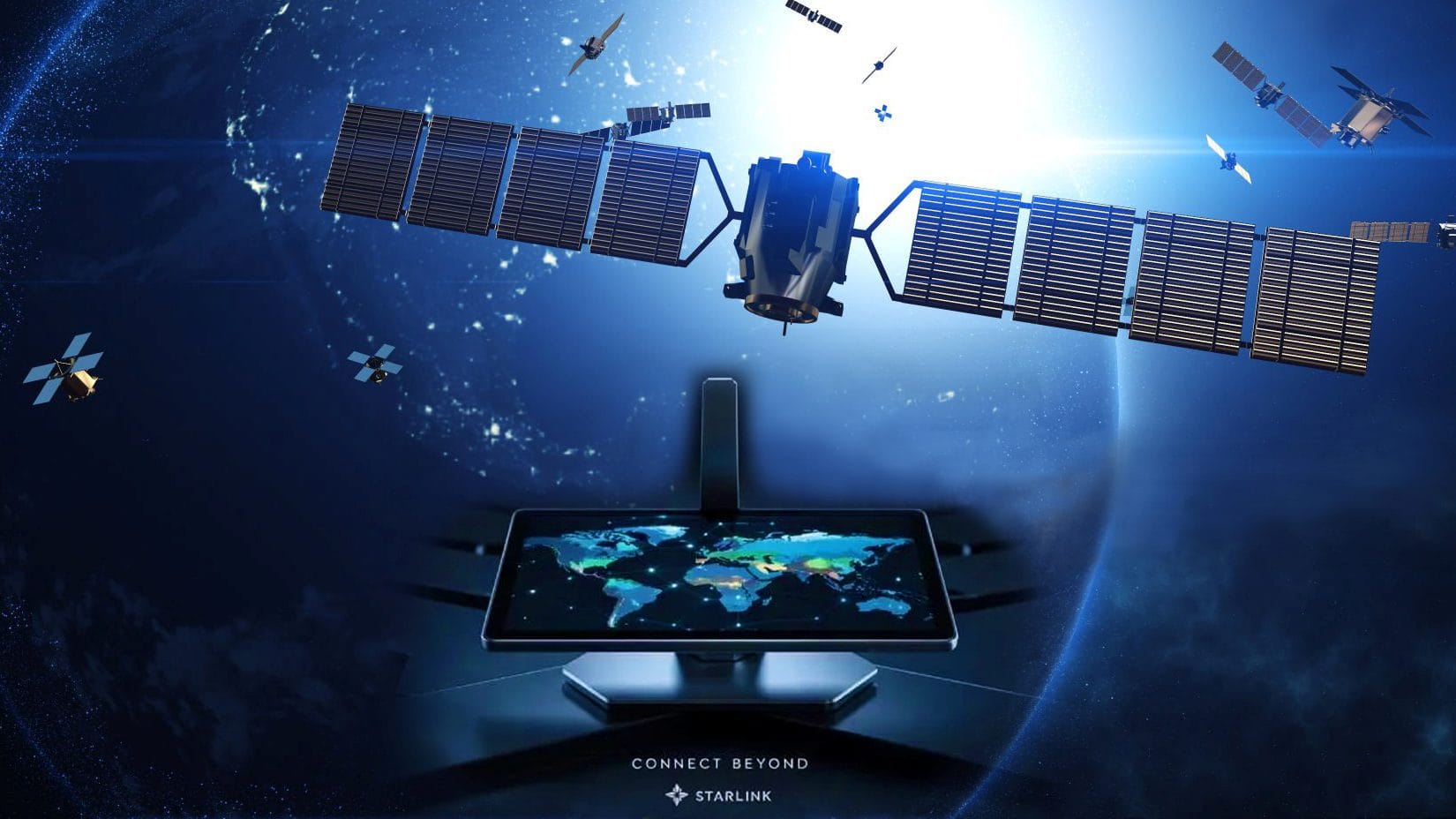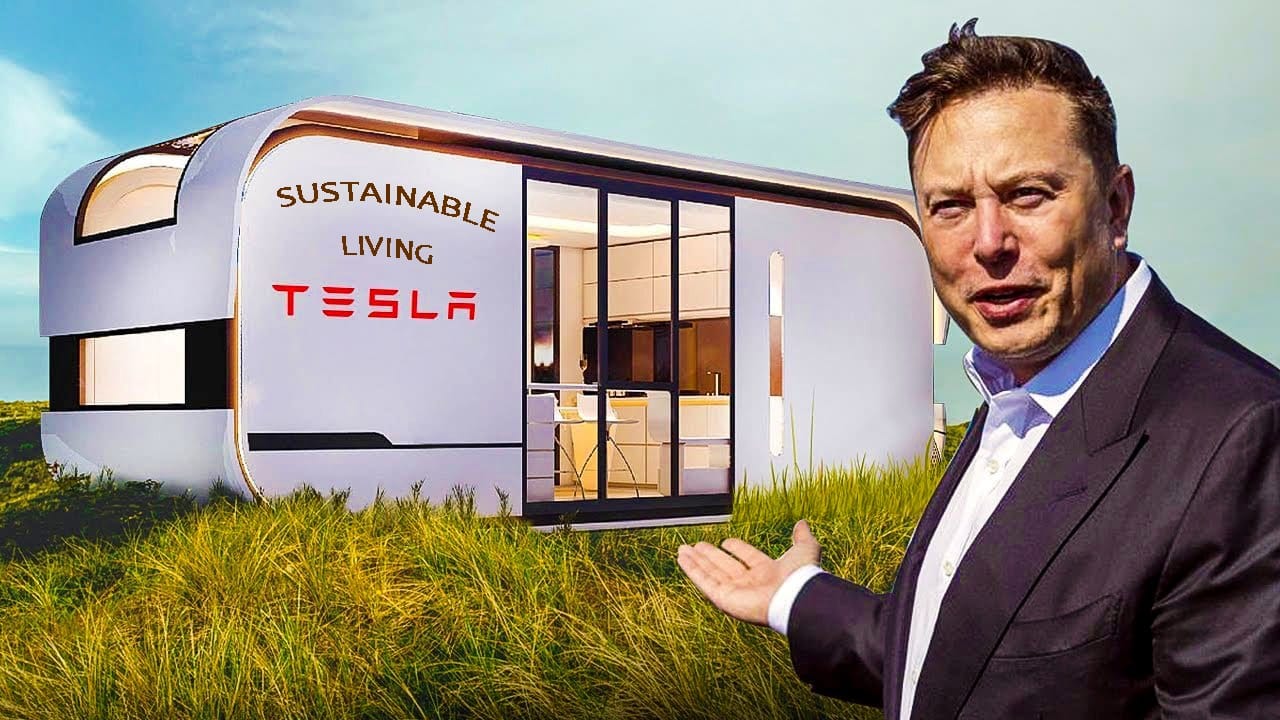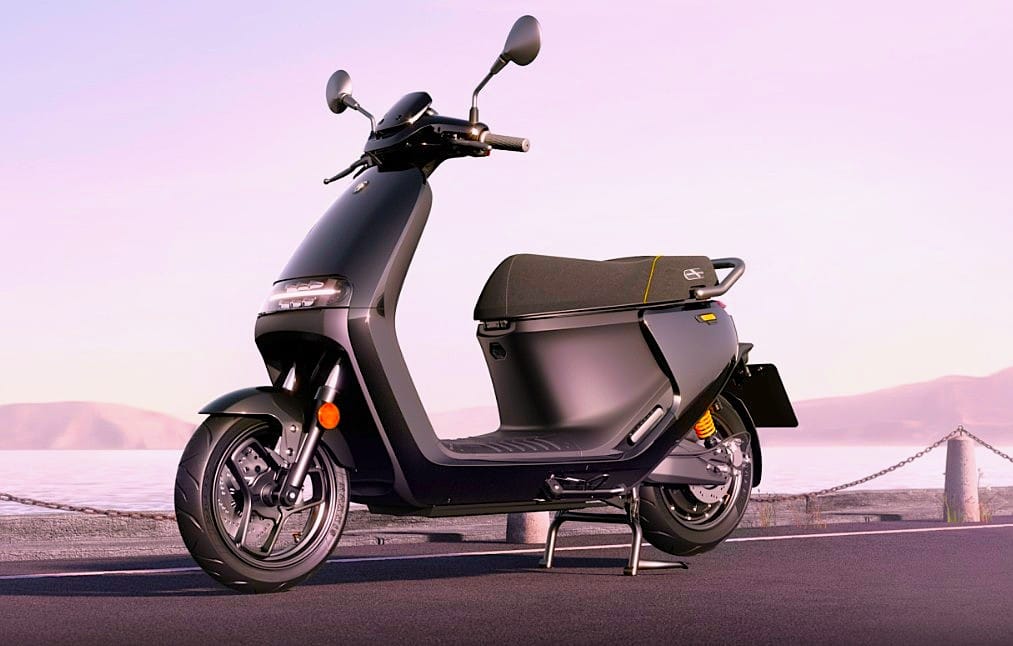In 2025, Elon Musk’s Tesla Starlink Pi Tablet has taken the tech world by storm, redefining connectivity and affordability. Its estimated to be priced at around $119, this solar-powered, satellite-connected device promises to disrupt the dominance of tech giants like Apple and Samsung. With no need for Wi-Fi or a data plan, the Pi Tablet offers global internet access, making it a revolutionary tool for users in remote areas, urban centers, and everywhere in between.
Let’s discover why this tablet can be a game-changer in the industry.
Global Connectivity with Starlink Pi Tablet
The Tesla Starlink Pi Tablet leverages SpaceX’s Starlink satellite network, which, as of June 2025, operates over 7,500 satellites in LEO- low Earth orbit, delivering high-speed internet globally. Unlike traditional tablets reliant on 5G or Wi-Fi, the Pi Tablet provides seamless connectivity in places like rural Nigeria or the Sahara Desert, where internet access is scarce. For instance, farmers in Africa are already using Starlink-enabled devices to access real-time weather data, boosting crop yields by up to 20%. With reported speeds of 25 to 500 Mbps, the Pi Tablet outperforms many 5G networks, making it ideal for streaming, gaming, or remote work.
Solar-Powered Innovation for Sustainability
One of the Pi Tablet’s standout features is its solar-charging capability, which can replenish up to 30% of the battery in just one hour of sunlight. This eco-friendly design aligns with Tesla’s mission to promote clean energy. Imagine a hiker in the Grand Canyon using the tablet to navigate without worrying about battery life or a student in a solar-rich region like India accessing online education without electricity costs. This feature not only reduces environmental impact but also makes the device accessible in off-grid locations, setting it apart from power-hungry competitors like the iPad.

Affordability That Challenges Industry Giants
At $119, the Tesla Starlink Pi Tablet undercuts premium tablets like Apple’s iPad, which starts at $349, and Samsung’s Galaxy Tab S9, priced at $799. This affordability targets the 70% of global consumers who struggle to afford high-end devices, particularly in regions like India and Africa. By eliminating recurring data plan costs—typically $100/month for traditional carriers—users can save over $1,200 annually. This disruptive pricing strategy threatens the $200 billion tablet market, forcing competitors to rethink their models.
AI and Privacy: A New Standard in Pi Tablet
The Pi Tablet introduces on-device AI processing, ensuring data privacy by storing information locally rather than on cloud servers, unlike Apple’s Siri, which sends user data to its servers. This zero-knowledge AI, combined with quantum-encrypted security, appeals to privacy-conscious users. For example, journalists in conflict zones can use the tablet for secure, real-time reporting without fear of surveillance. Additionally, the tablet’s NeuralSync OS integrates with Tesla’s ecosystem, allowing users to control their Tesla vehicles or Powerwall systems seamlessly.

The Future of Pi Tablets
The Tesla Starlink Pi Tablet isn’t just a device; it’s a vision of a connected, sustainable future. Its ability to empower underserved communities, like artisans in Africa selling globally via decentralized platforms, showcases its potential to bridge digital divides. While some critics raise privacy concerns over Neuralink integration rumors, Musk’s track record of defying skeptics with reusable rockets and electric vehicles suggests the Pi Tablet could redefine mobile technology. As social media buzz on X indicates, excitement is high, with users calling it “the end of Apple”.
In conclusion, the new Tesla Starlink Pi Tablet combines affordability, sustainability, and cutting-edge technology to challenge industry norms. Whether you’re a digital nomad, a rural entrepreneur, or a tech enthusiast, this tablet offers unparalleled value.
As Elon Musk continues to innovate, the Pi Tablet may indeed mark the dawn of a new era in self-reliant mobile tech.
KNOW more about this TECH MARVEL in this AUDIO VISUAL PRESENTATION:






